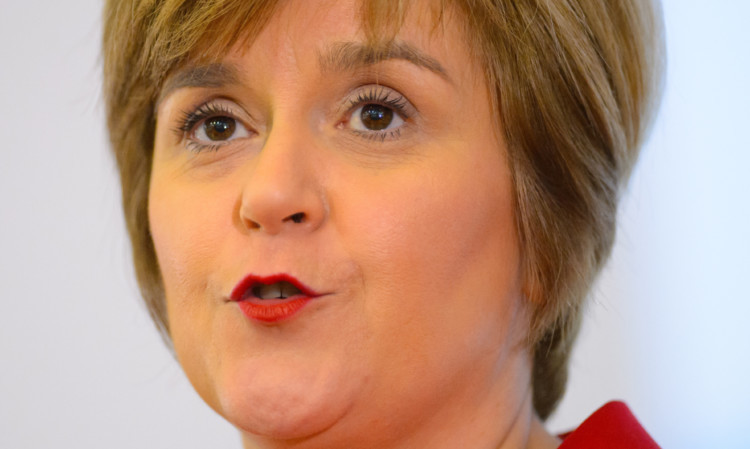Last weekend may well have been a landmark turning point for the majority of the population. And no I don’t mean the start of the World Cup. I’m referring to the 51% that makes up Scotland women.
On Sunday Nicola Sturgeon pointed out to her significant Twitter following that the latest ICM poll had Yes support amongst women up by 5%.
Since March it has moved from 34% to 41% support for Yes amongst women in Panelbase polling and Survation has moved from 31.6% to 41.5% too.
The narrative that the Yes campaign has a “women problem” is turning on its head. In truth, I don’t think it existed in the first place.
All in all, from the turn of year, there has been a steady uplift in Yes support among women. While women are still behind male support, and more women than men remain in the “don’t know” category, this steady and continued increase has shown that something has changed.
So what is it?
Well, I think it’s three things:
First is the methodology of the campaign. When the Yes campaign launched at the Fountainbridge cinema back in May 2012, I briefed the media from the get go that this campaign was about people not politicians.
The campaign started early, so Scotland could begin building the biggest grassroots campaign it has ever seen.
Twenty-five months later that grassroots campaign has taken centre stage, focused on the importance of people sharing their personal stories of why they are voting Yes, to build a campaign for collective action.
It is through these personal journeys, conversations and blethers at the school gate or in cafs across Scotland that the campaign has grown organically.
Whether it’s Yes Scotland, Women For Indy, National Collective, Imagine Scotland Cafe’s, Radical Independence, Mums for Change or my dear mum at the bus stop in Brydekirk, tens of thousands of women are out there growing support conversation by conversation.
Conversion through conversation. This is the backbone of the campaign and what differentiates it from its counterpart.
This just isn’t happening on anywhere near the same scale in the No side. This is largely due to the fact that the majority on the Yes camp would argue the conversational approach is born out of necessity.
There is massive frustration at the way the campaign is being presented in the mainstream media. Author and journalist Iain Macwhirter argued that Scotland is observing itself in a distorted mirror, “in which civil society is bent out of shape by the preoccupations of a media that is not its own”. The Courier, of course, Scottish owned and headquartered, is an honourable exception.
Professor John Robertson of the University of the West of Scotland says there is a bias in BBC coverage of 3:2 towards remarks favourable to the No side.
Second is the detail. There certainly has been a flurry of activity specifically aimed at attracting female votes.
Marking 100 days to go to the referendum, the Scottish Government held an all-female cabinet, Alex Salmond promoted two more women to his cabinet, taking the tally to 40%, and gender equality has been pushed up the agenda by Nicola Sturgeon, who argued for new targets of 40% representation in Scottish boardrooms and is actively pursuing 40% representation in public bodies.
Most importantly, the flagship policy of the white paper to revolutionise childcare, extending free childcare provision enabling my generation as well as future generations of women to stay in work, get back to work and have a better chance of breaking the glass ceiling, if they choose to.
The third is psychology. The Yes campaign has looked into these issues, speaking to a range of experts in the psychology of decision making, and one of the conclusions about why more women are currently undecided than men is not that they are more risk averse, but rather that they are more risk aware. Explaining why women may take more time drawing their conclusions.
Even among my circle of friends I know this to be true. I couldn’t name one male friend who hasn’t told me how they are voting or said they were undecided, but only a couple of my female friends have, and that’s in recent weeks.
They are keeping their cards close to their chest, asking those key questions and listening with a keen ear to what’s being said. Quite right too. I’m glad the girls are taking their time. This is a big decision and a once in a lifetime opportunity to change our nation’s course.
I was lucky to work on the SNP’s 2011 campaign, which saw them wipe out a whopping 17% gender gap.
I’m confident Yes will do the same. As long as we keep talking.
